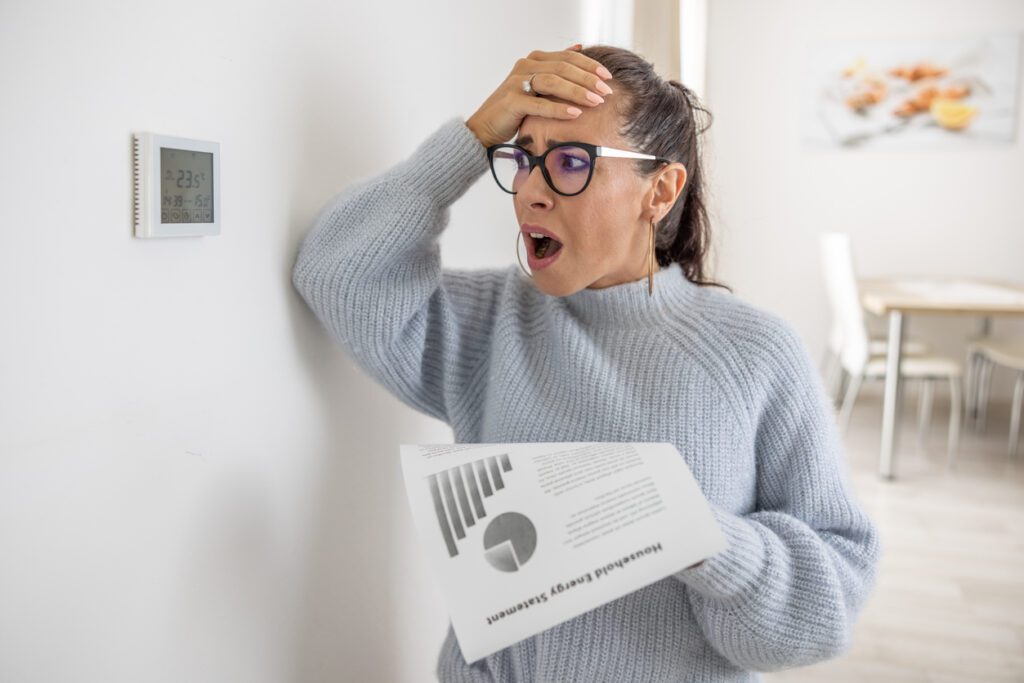This week, the U.S. Energy Information Administration (EIA) forecasted that U.S. natural gas prices in 2025 and 2026 will increase by 21 percent. The projected increase in natural gas prices tempers hopes that home heating costs for Americans would decrease and comes at a time when America’s economy is dealing with persistent inflation. About 60 percent of American homes rely on natural gas.

EIA‘s latest assessment notes that the natural gas price at the U.S. benchmark Henry Hub will likely reach an average of $3.80 per million BTUs in 2025. It also estimates an average price of $4.20 per BTUs in 2026, compared with $4 in its January report.
Cold weather resulted in higher-than-average withdrawals from underground natural gas storage in January, which pushed prices higher. The Henry Hub price averaged $4.13 in January, up from $3.01 in December.
What It Means to Homeowners Using Natural Gas
The average U.S. homeowner spends between $2,000 and $2,500 per year on home energy costs, according to the U. S. Department of Energy. Heating and cooling comprise the largest share of energy costs, estimated at $1,000 – $1,250 per year of that total. Any increase in natural gas prices will have several effects on homeowners who rely on natural gas for heating, cooking, and other uses, including higher utility bills, increased costs for appliances and water heating, and higher maintenance costs because if demand for alternative heating sources rises, service and maintenance costs for gas systems might also increase due to supply chain constraints.
The best option to mitigate the cost increase of natural gas for homeowners who rely on it is to invest in insulation, weatherproofing, and installing energy-efficient appliances to cut energy consumption. These simple but effective measures can help offset the increase in home energy costs while increasing home comfort over the long haul.
Why It Matters
The projected increase in natural gas prices means homeowners who rely on natural gas will see a noticeable spike in energy costs, particularly during the winter heating season. Continuously reiterating that homeowners can decrease their costs by as much as 15 percent by air sealing and insulating their homes is especially important given the cost increases. At least for now, homeowners can still take advantage of the $1,200 25C tax credit for air sealing and insulation, although the future of that tax credit remains uncertain as Congress takes up budget discussions.
More than 90 percent of utility companies in the United States currently offer energy efficiency programs, including audits, rebates, and other energy-saving options to consumers. Now is an excellent time for consumers to check with their local utilities for programs that can help cut their costs over the long term.
